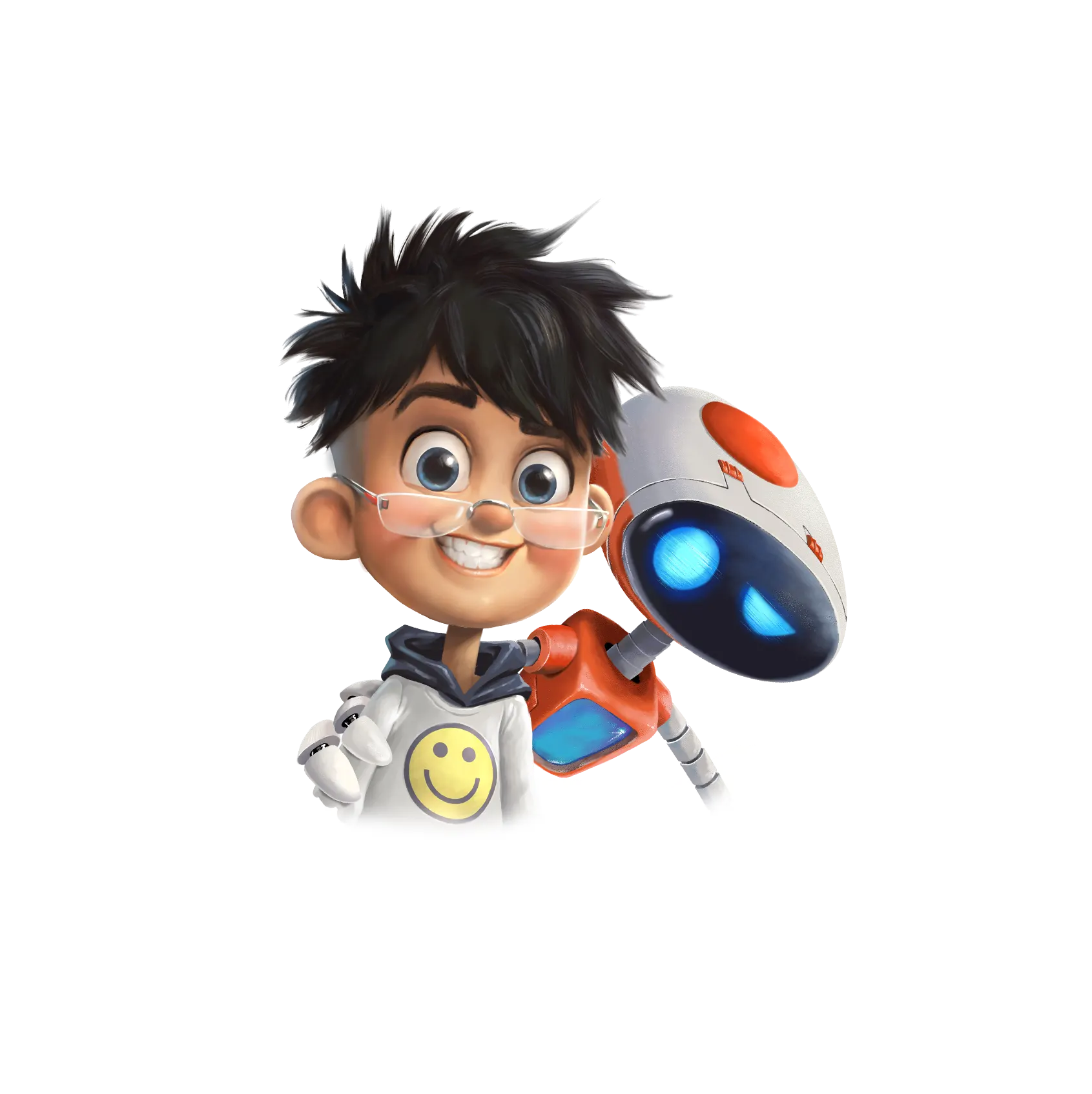When it comes to the ever-changing world of animation, where imagination and technology come together, Prayan Animation Studio stands head and shoulders above the competition. With their unmatched skill and inventive approach, Prayan Animation Studio has been reshaping visual storytelling and has become famous as India’s top 2D animation studio.
Prayan Animation Studio is renowned for producing high-quality animation solutions that have a global impact. The studio’s extensive portfolio includes projects in many different areas, such as advertising, education, and entertainment.
What sets Prayan Animation Studio apart is its commitment to excellence and passion for pushing the boundaries of creativity. Through meticulous attention to detail and a team of seasoned professionals, Prayan Animation Studio brings ideas to life in ways that surpass expectations.
From concept development to final execution, Prayan Animation Studio offers a comprehensive suite of services tailored to meet the unique needs of each client. Whether it’s character animation, explainer videos, motion graphics, or interactive content, Prayan Animation Studio delivers results that resonate with viewers and leave a lasting impression.
But what truly makes Prayan Animation Studio the preferred choice for animation enthusiasts and businesses alike is its unwavering dedication to quality and customer satisfaction. Every project undertaken by Prayan Animation Studio is infused with creativity, craftsmanship, and a commitment to excellence, ensuring that clients receive nothing but the best.
2D Animation Process at Prayan Animation Studio
Pre-Production
At Prayan Animation Studio, every project begins with meticulous planning and preparation. The pre-production phase involves several crucial steps to lay the foundation for a successful animation journey.
Scripting: Crafting compelling narratives that resonate with audiences is at the heart of what we do. Our talented team of writers works tirelessly to develop engaging scripts that bring your ideas to life.
Storyboard: Visualizing the narrative through storyboards allows us to conceptualize the sequence of events and key moments in the animation. Our storyboard artists breathe life into your vision, creating a blueprint for the animation process.
Voice Over: The voiceover brings characters to life and adds depth to the storytelling. Prayan Animation Studio collaborates with experienced voice actors to ensure that every character is imbued with personality and emotion.
Animatic: Before diving into full-scale production, we create animatics to visualize the timing and pacing of the animation. This essential step allows us to fine-tune the narrative flow and make necessary adjustments before proceeding.
Production
Once the pre-production phase is complete, we move on to production, where the magic truly begins to take shape. Our talented team of artists and animators brings your vision to life with precision and creativity.
Layout: The layout phase involves setting the scene and defining the spatial relationships between characters and objects. Our artists meticulously craft each frame to ensure a cohesive visual narrative.
BG Painting: Background painting adds depth and atmosphere to the animation, setting the stage for the story to unfold. Our skilled artists use color and texture to evoke mood and emotion, enhancing the overall viewing experience.
Animation: This is where the characters come to life through movement and expression. Our animators breathe personality into each character, ensuring fluid motion and dynamic performance that captivates audiences.
Compositing: Compositing brings together all the elements of the animation, from characters to backgrounds to special effects. Our compositors seamlessly integrate these elements to create a visually stunning final product.
Post-Production
As the animation nears completion, we enter the post-production phase, where the finishing touches are applied to ensure a polished and professional result.
Sound Effects: Sound design plays a crucial role in immersing viewers in the world of animation. Our sound designers work diligently to create custom sound effects that enhance the storytelling experience.
Editing: The editing process involves refining the animation and fine-tuning the pacing to ensure a cohesive narrative flow. Our editors meticulously review every frame to ensure precision and continuity.
Final Out: With the animation complete, we deliver the final product to our clients, ready to be shared with the world. At Prayan Animation Studio, we take pride in delivering high-quality animations that exceed expectations and leave a lasting impression.
As a leading 2D animation studio in India, Prayan Animation Studio continues to push the boundaries of innovation and creativity, inspiring audiences and setting new standards in the world of animation. With a relentless pursuit of perfection and a passion for storytelling, Prayan Animation Studio invites you to embark on a journey of imagination and creativity like never before.
Our Services
At Prayan Animation Studio, we offer a comprehensive range of animation services to cater to all your creative needs:
2D Animation
3D Animation
Explainer Videos
Illustrations
Caricature
Comic Books
Experience the magic of animation with Prayan Animation Studio – where dreams come to life, and visions take flight. Discover why Prayan Animation Studio is the premier destination for all your animation needs and elevate your vision to new heights.




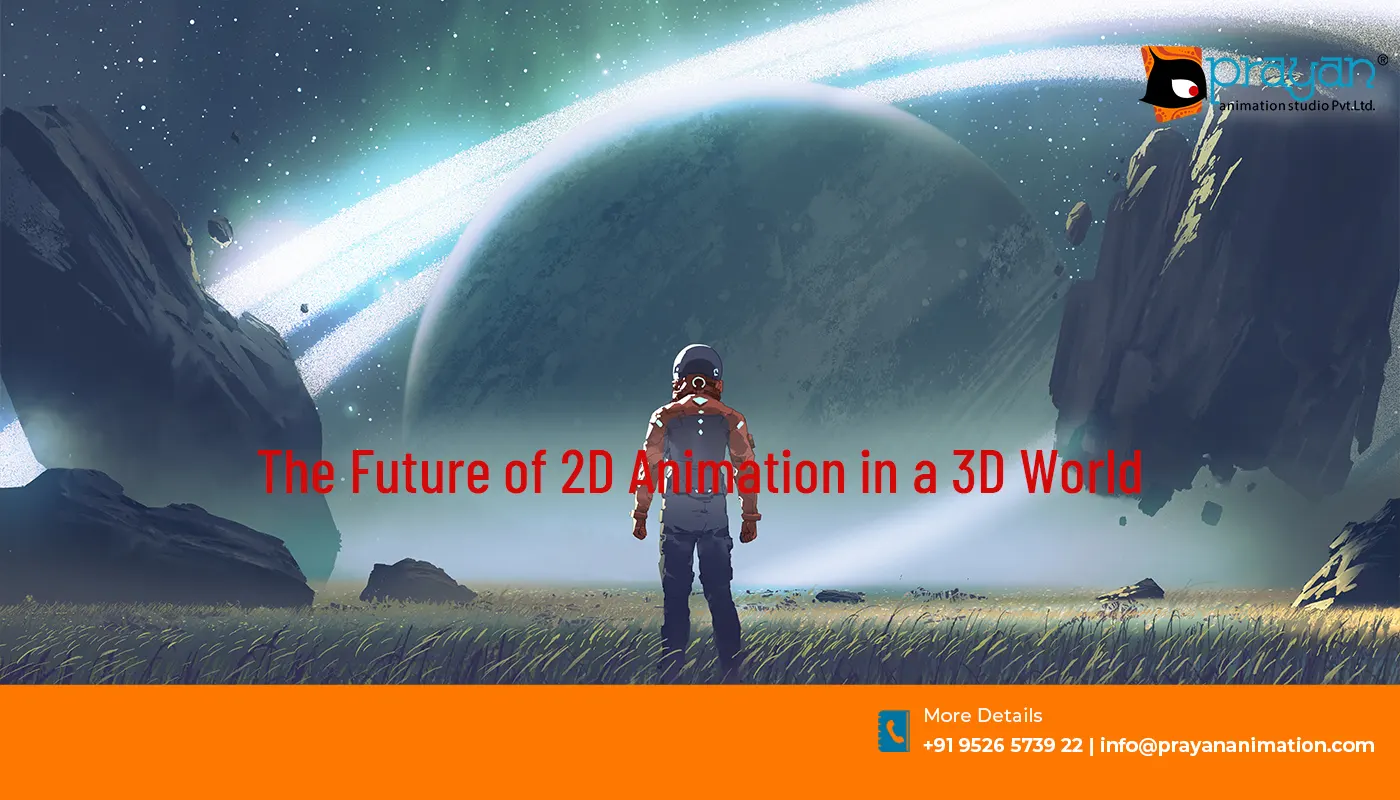
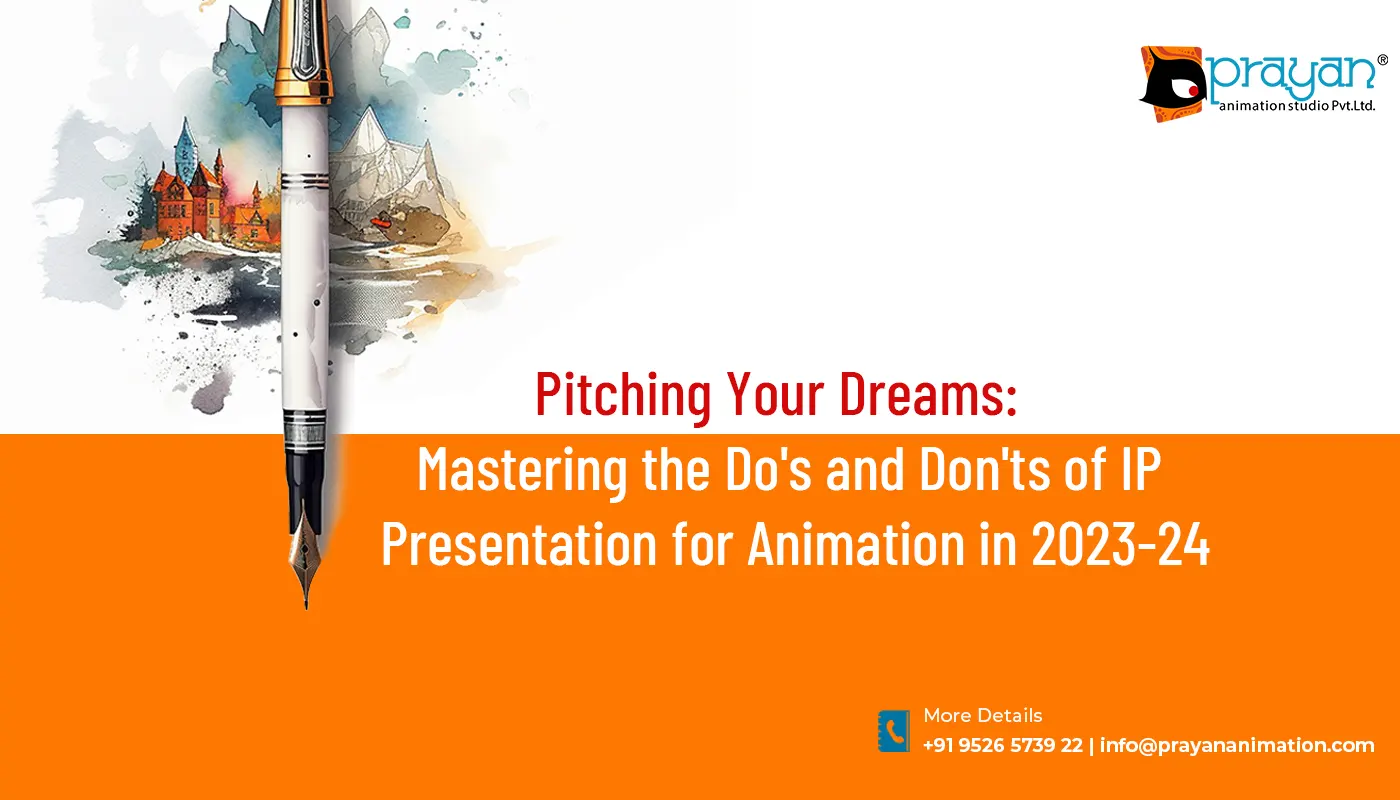
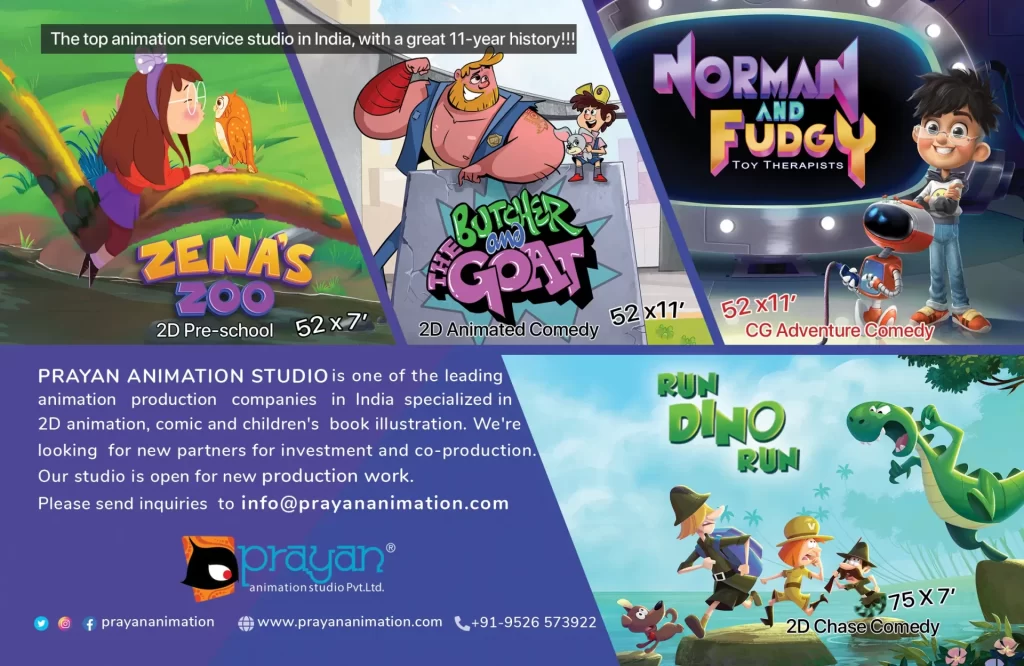

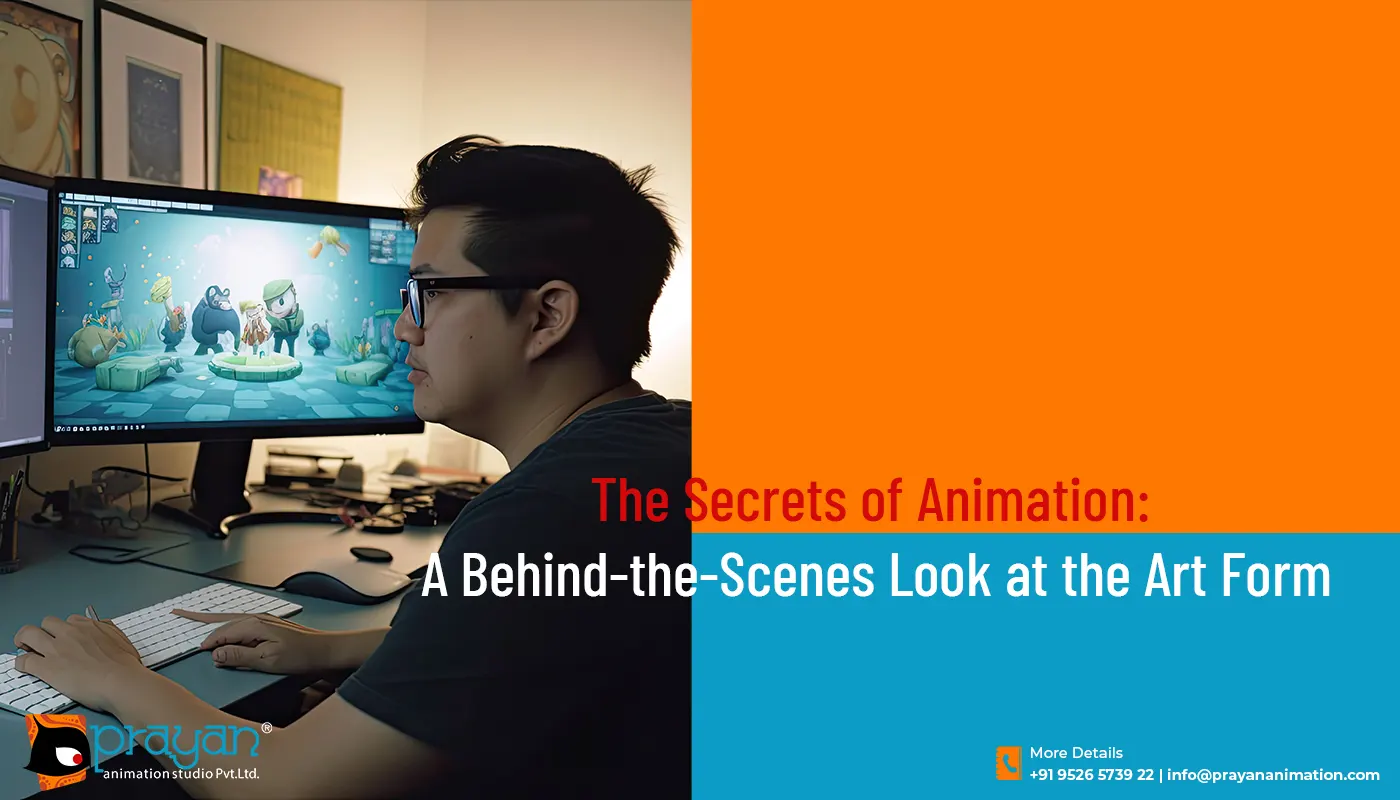
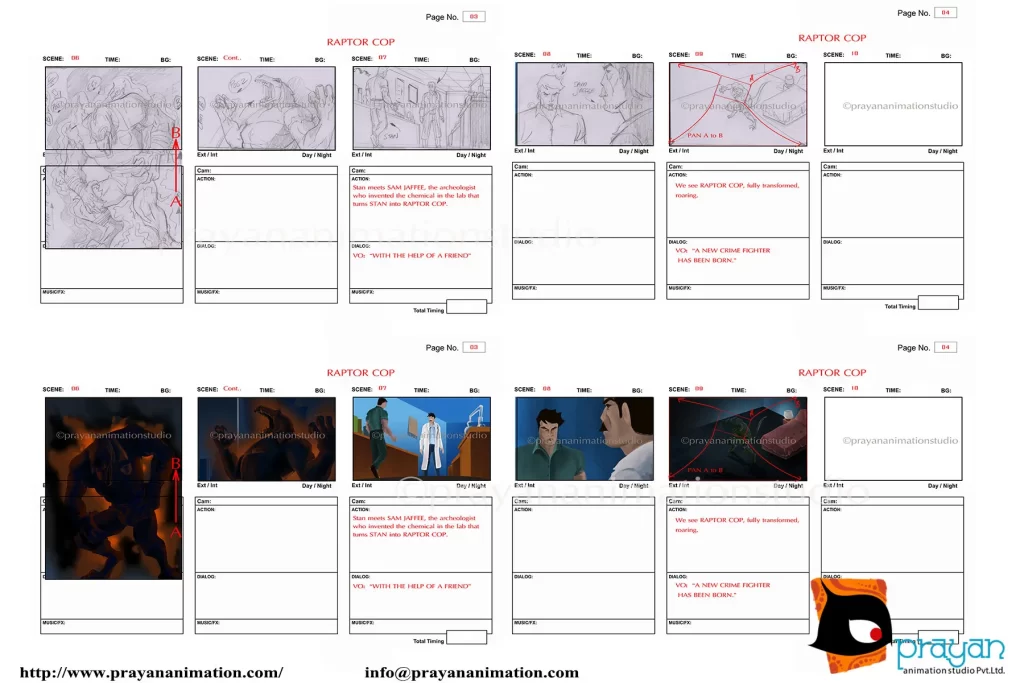
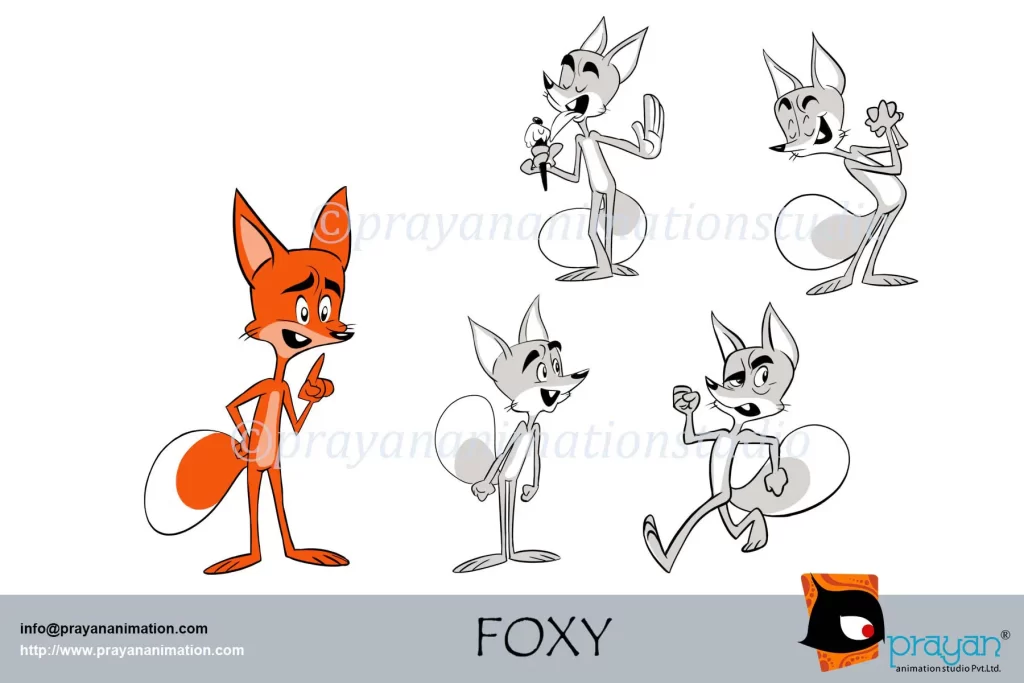

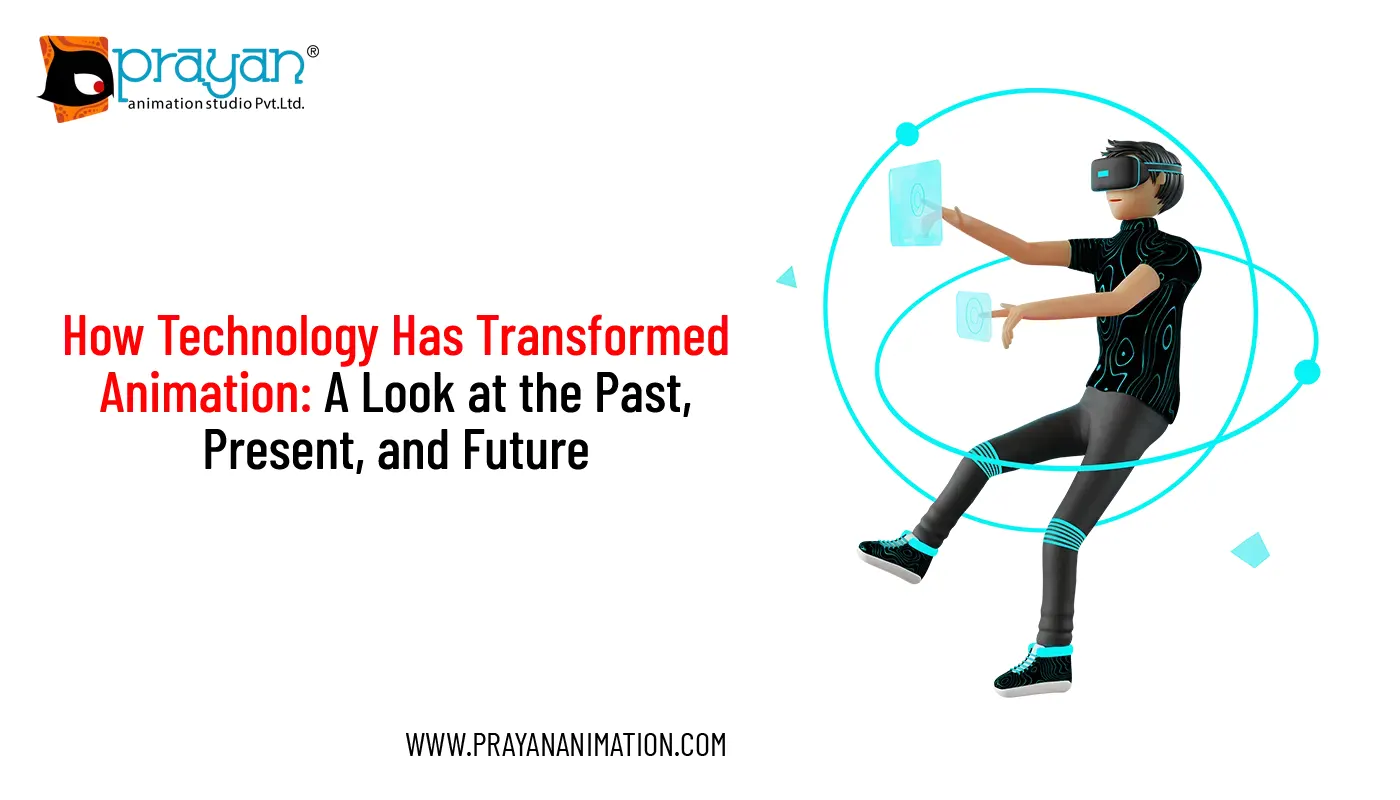


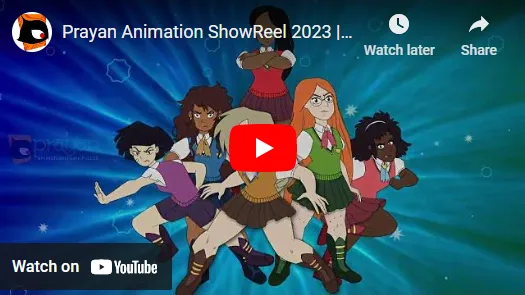

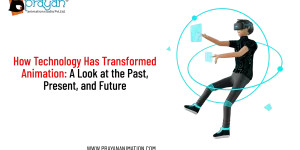
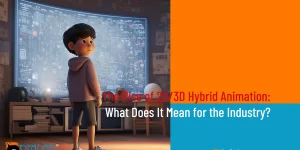

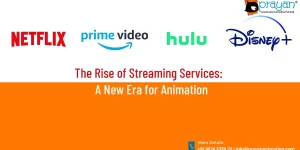

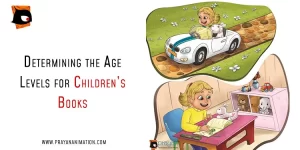


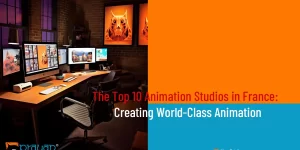
 We can help you.
We can help you. 


